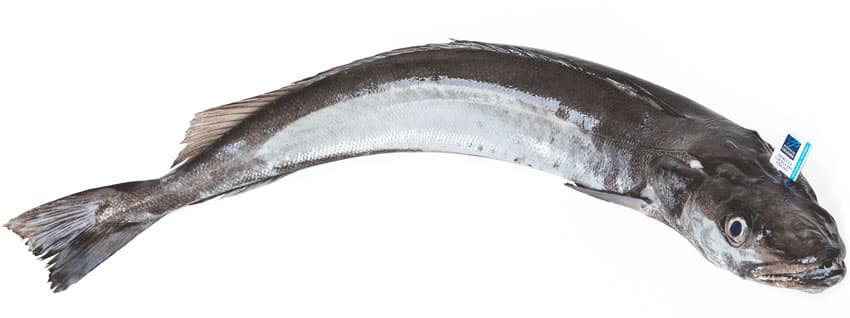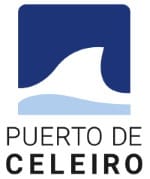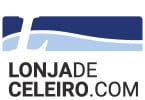
CATCHES
2022 YEAR – RECORDS
QUALITY AND ORIGIN AS PURCHASE CRITERIA
In the year 2022 we continue in a scenario marked by the increase in costs -with no possibility of transferring this rise to sale prices-, strong inflation, and the continued decline in fish consumption. Three elements that have affected the profitability of companies.
To try to reverse a situation like this, temporary and largely the result of exogenous aspects about which little or nothing can be done (at least in the short term), we made the decision to strengthen, even more so, our commercial strategy. We did so by striving to place greater emphasis on product differentiation: a different product, from Puerto de Celeiro, healthy, nutritious, quality, sustainable and traceable; in digitalization, in reinvigorating alternatives to traditional ways of marketing and in promotion and closer contact with our current and potential buyers, distributors and final consumers.

In 2022, a total of 13,936 tons of fish worth 48.88 million euros were auctioned at the Puerto de Celeiro fish market.
Compared to 2021, in which the volume marketed in first sale was 13,403 tons, there was an increase of 3.9%. In terms of value there was also an increase, in this case of 13%; going from 43.25 million euros in 2021 to 48.88 million in 2022. Compared to 2021, the average price increased by 8.70%; that is, almost 30 cents/kilo more.
MAIN SPECIES
HAKE ACCOUNTS FOR 85.06% OF THE BILLING
Hake, the star species in the Puerto de Celeiro fish market, represents, with a total of 9,890 tons, 70.97% in volume of all the fishing of this species auctioned in 2022 (in 2021 this percentage was 71.63% ). In value it represents 41.57 million euros, 85.06%, a figure very similar to that of the previous year.
Main Species Sold by Vale
Main Special Sold by Volume
After the hake, in auctioned volume are the blue whiting, with 1,168 tons (8.38% of the total sold in the market); mackerel, with 801 tons (5.74% of the total); and horse mackerel, with 512 tons (3.67%). Three of these species: hake, with 41.57 million euros; mackerel, with 1.3 million euros; and blue whiting, with 928,675 euros, also occupy the first places in terms of turnover. Horse mackerel – the fourth species in volume landed – is ranked fifth in value (574,844 euros); surpassed by the longfin tuna, with 894,653 euros (201.58 tons).
Regarding the average prices recorded in 2022 for the five main species in value; for hake it was 4.20 euros/kilo, for mackerel it was 1.69 euros/kilo; for the blue whiting 0.80 euros kilo; for tuna 4.44 euros/kilo and for horse mackerel 1.12 euros/kilo.
OTHER SPECIES
MACKEREL
Ranked second in value
Mackerel, unlike the previous two years, in which it occupied second position in terms of volume auctioned at the Puerto de Celeiro fish market, ceded that privilege to the Blue Whiting in 2022. Although, and on the other hand, it maintains the second position in first sale turnover.
Records for mackerel in 2022 indicate that 800.60 tonnes were auctioned, worth 1.35 million euros, at an average price of 1.69 euros/kilo. This represents a decrease in the quantity sold in the market of 16.55% compared to 2021 and an increase of 11.72% in value.
BLUE WHITING
Ranked second in volume
With a total of 1168.27 tons, and after hake, the blue whiting became the second most auctioned species in 2022 and the third in value after hake and mackerel. More specifically, landings increased from 1048.20 tons (2021) to 1168.26 tons (2022), this is 11.45% more. While turnover went from 833,068 euros (2021) to 928,675 euros in 2021 with a similar increase of 11.47%. The average auction price at the market was similar in both years, 0.80 euros/kilo.
HORSE MACKEREL
Ranked fourth in volume
In 2022, horse mackerel was the fourth species auctioned at the Puerto de Celeiro auction, and the fifth in value. The data for this species were: 511.68 tons landed sold for a value of 574,845 euros.
This implies increases of 1.42% in volume and 20.37% in value compared to 2021. Regarding the average price, this went from 0.95 euros/kilo in 2021 to 1.12 euros/kilo in 2022 (+17.90%).



